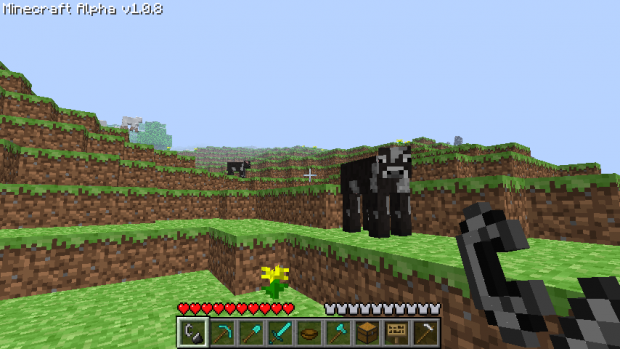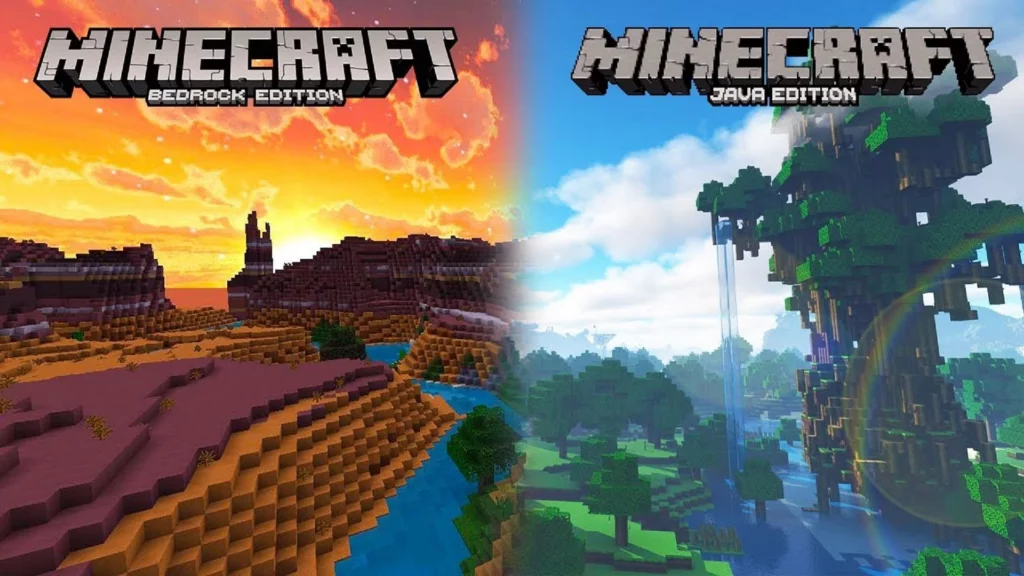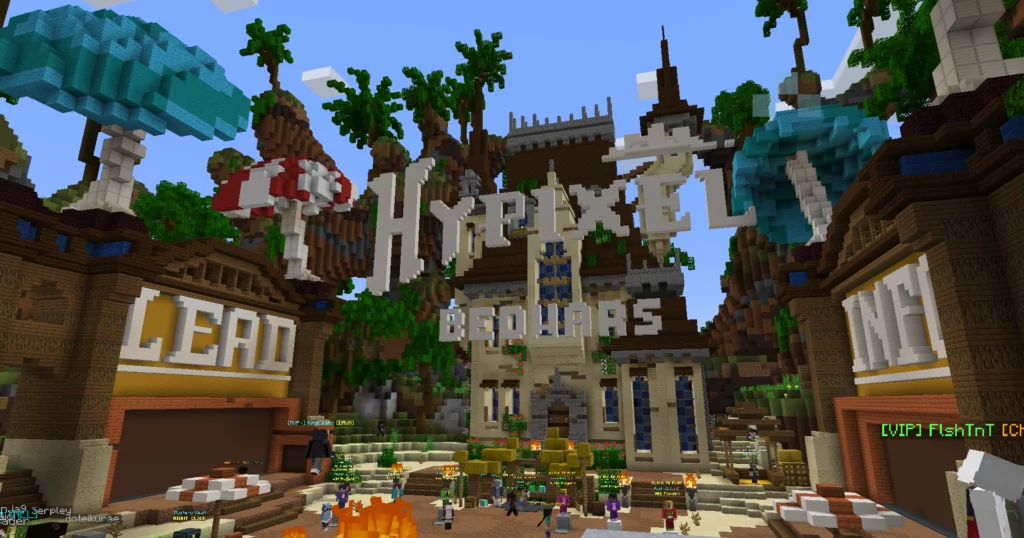Minecraft, a seemingly simple game of blocks and pixels, has now become an icon in the world of video games. Over the years, its influence has grown exponentially, setting records and becoming a cultural phenomenon. For both newcomers to the game and veteran miners, understanding Minecraft’s origin offers a richer appreciation for this global sensation. And if you’re looking to immerse yourself in a deeper experience, a variety of servers like Minecraft Bedrock servers and Minecraft Java servers cater to different preferences.
Crafting the Foundation
Minecraft’s humble beginnings trace back to 2009. It was then that Markus Persson, more fondly known as “Notch,” commenced work on what was initially dubbed “Cave Game.” His inspiration? Games like Dwarf Fortress, Dungeon Keeper, and Infiniminer.
Initial Releases: From Pre-Classic to Multiplayer
The earliest version, now known as Minecraft Pre-Classic, was unveiled to the public on May 17, 2009. This was merely the beginning of a succession of developmental stages. Each phase – from Classic to Indev (In Development) and then Infdev (Infinite Development) – brought new features and improvements. By 2010, the game had evolved, introducing its much-anticipated multiplayer mode.
The Birth of Beta and Beyond
With the close of the Alpha stage in December 2010, Minecraft Beta was born. This era not only came with gameplay enhancements but also heralded the beginning of Minecraft’s commercial success. As the beta stage was phased out, Minecraft version 1.0 was officially launched at MineCon in November 2011.
From Indie Game to Global Domination
Minecraft’s journey from an indie project to global stardom was meteoric. 2011 saw Mojang’s Minecraft pocket edition for mobile devices, while 2012 introduced the game to Xbox players. As the years rolled on, Minecraft expanded its horizons to various platforms, from consoles to virtual reality.
In 2014, a significant event marked Minecraft’s timeline: Microsoft acquired Mojang, Minecraft’s parent company, for a staggering $2.5 billion. This acquisition promised (and delivered) the continual growth and expansion of the Minecraft universe.
Modern Minecraft: Updates, Expansions, and Realms Beyond
Over the years, Minecraft has seen a plethora of updates, each adding depth, dimensions, biomes, creatures, mechanics, and more. From the Adventure Update to the Nether Update, each addition has enriched the blocky universe, making the gameplay more immersive and expansive.
Today, Minecraft isn’t just a game. It’s a platform for education, with Minecraft: Education Edition. It’s a universe with spin-offs like Minecraft Dungeons. And it’s a community where players from all over the world converge on servers, be it Bedrock or Java, creating shared experiences and narratives.
Conclusion: An Ever-Evolving Legacy
From its modest 2009 origin as “Cave Game” to the massive, multi-dimensional universe it is today, Minecraft’s journey is a testament to the power of creativity, innovation, and community. As players continue to build, mine, and explore, the world of Minecraft thrives, grows, and promises many more adventures.
So, if you’re keen on being part of this ever-evolving legacy, jump into one of the many servers out there. Whether it’s a Minecraft Bedrock server or a Java variant, the world of Minecraft awaits your unique touch.


